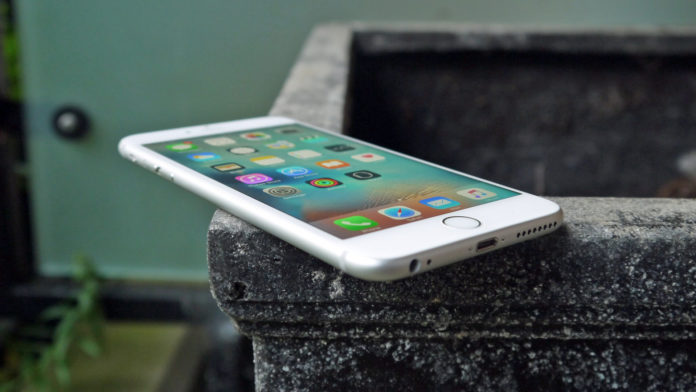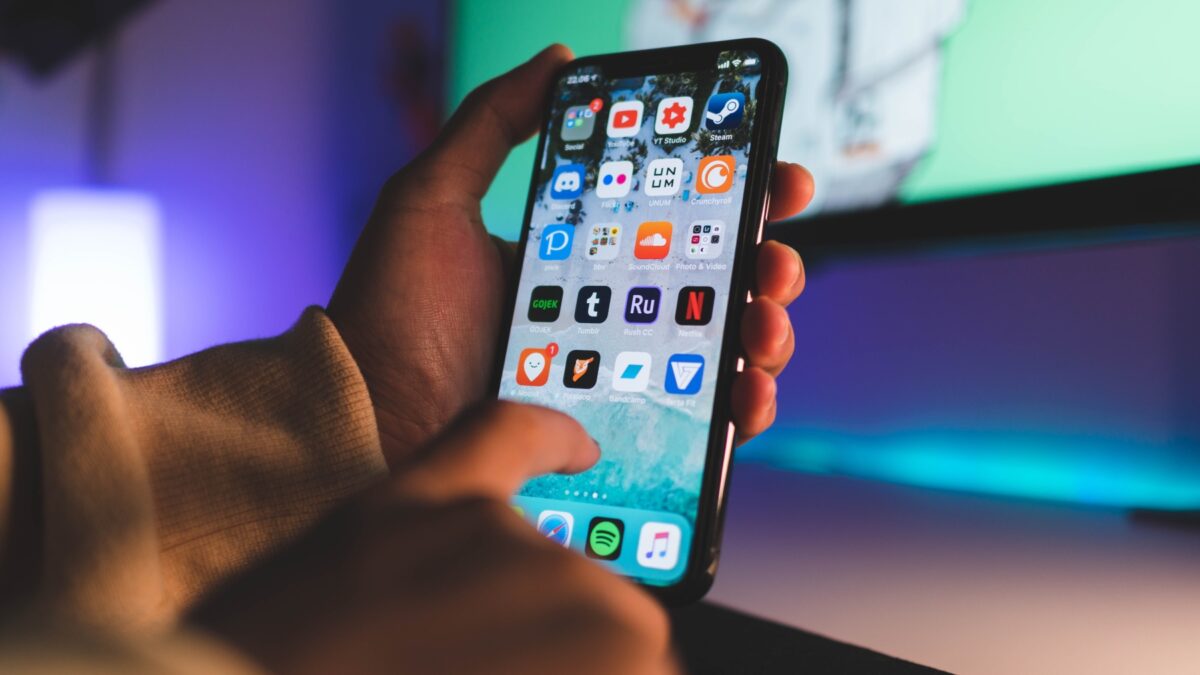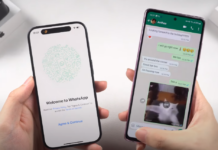
iPhones are downright expensive so being extra cautious while handling them is always a good idea. But accidents ought to happen no matter how careful you are and it’s quite possible to end up damaging your iPhone even if it’s brand new, for that matter.
However, iPhones come with a limited time warranty and this warranty covers only some types of iPhone problems, not all. For instance, the warranty coverage becomes void if you drop your phone in the water so you will have to go for third party repairing for example, at breakfixnow, for your iPhone repairing issues.
The primary component of your phone that readily sustains damages of all kinds is the screen itself. The iPhone screen is not only exposed but is also highly sensitive, which makes screen related issues one of the most common problems for iPhone (and in general, smartphone) users. And since we are all so connected to the world through our iPhone screens, our entire world seems to come to a halt when the screen is damaged or broken.
In such a scenario, it’s important to get the screen fixed as soon as possible so that your life can get back on track. In this blog post, we will walk you through everything you need to know about your iPhone screens and the related issues so that you are better able to handle them.
How is an iPhone Screen Made?
An iPhone touch screen is precisely made of three distinct layers, namely the LCD, the capacitive circuitry and the protective glass layer. Brand new models of iPhones screens incorporate an organic liquid crystal display (OLED) that generates light internally and bypass the need of using a separate layer for backlighting.
The capacitive layer consists of a mesh of electronic circuitry, where a finger touch alters the electric field to complete the circuit and interpret a tap. A capacitive touchscreen, however, does not respond to a narrow stylus or even a fingernail as it is designed to register something that has a similar conductivity as human fingers.
The topmost layer of your iPhone screen consists of aluminosilicate glass, commonly called the Gorilla Glass. Although it is promoted to be shatter-resistant and anti-scratching, it can get broken in case of a high impact.
Issues With iPhone Screen

A number of issues can arise when it comes to your iPhone display and in this section, we will take a look at some of the most prevalent ones that you may come across.
Cracked Screen
One of the most common things you will see on most smartphones is a cracked screen as the screen can easily get broken if the phone falls or if it faces a high impact. Trust us when we say this, there’s nothing more heartbreaking than shattering the screen of your beloved iPhone and while you can still work with it, chances are that it may pose serious problems in the future.
Hence, it is recommended to have the shattered display replaced as soon as possible to avoid any inconvenience.
Freezing Screen
Another common issue that you may come across with your iPhone is screen freezing which happens when the display becomes unresponsive. This problem can become quite frustrating especially when you’re in the middle of something important or a rush. Screen freezing can be caused by either a software or a hardware fault so it’s essential to get your iPhone inspected by a professional if it occurs multiple times in a day.
Red Screen
Multiple users have reported that the iPhone display, as the name suggests, flashes red before it shows the apple logo. This problem, caused by a software fault in most cases, may go away on its own and return later or may even persist for a long time. Nonetheless, this may be caused as a result of a hardware fault too and in either case, it is essential to have your iPhone assessed to ensure that it runs smoothly.
Unresponsive Screen
Some people have also reported the touch screens of their iPhones to be unresponsive. This might be due to a keypad issue, with some keys being sluggish and difficult to work with. However, chances are that even the entire side of the screen may become unresponsive as has been reported often.
This is also accompanied by a gray flickering bar on the top of the display so it’s worth taking your iPhone to a repair shop or the Apple store and ask them to look at the problem.
Truth be told, having screen related issues in pretty common in most smartphones but in case of an iPhone, this may become a hassle for you especially given the hefty price that is charged by the Apple store. Hence, it is recommended that you visit an independent iPhone repair shop or technician to get the work done at a lower cost.
















